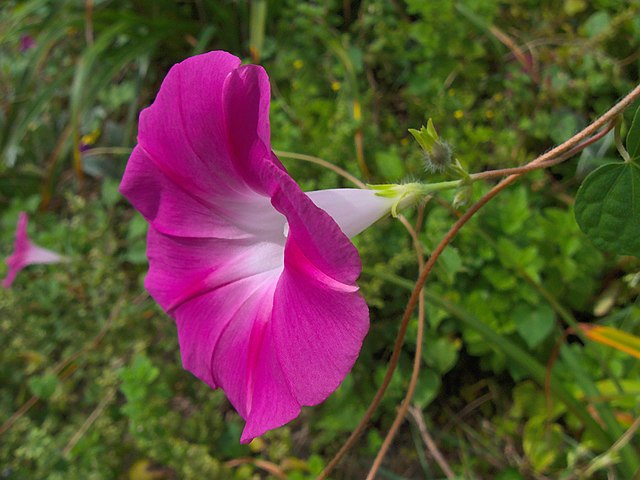
-
Sun Through Virginia Creeper
-
Bittersweet
-
Porcelainberry
-
Fall Colors in the City
-
Frost Grapes

These are the grape vines that take over whole lots and smother large trees. When they get to tree-smothering size, they produce thousands of these little grapes, which are intensely flavorful and quite tart. They sweeten a bit after a frost. The grapes hang on into the winter; these were hanging on a huge vine in Beechview in late November.
-
Porcelainberry

Porcelainberry (Ampelopsis glandulosa var. brevipedunculata) is another one of those beautiful ornamentals with a plot to take over the world. It was brought into this country for the delightfully subtle colors of its berries. Birds love them, and the vine is distributed everywhere. Here it was fruiting at the lower edge of the South Side Slopes. Above: before a hard freeze; below, after.

-
Fall Colors on the South Side
-
English Ivy in Bloom

We’re used to English Ivy, that beautiful and enthusiastically invasive European import, as a solid mass of dark green leaves.

But it is a flowering plant, of course, and therefore it has flowers. After many years, when it has reached a certain height and maturity, it will send forth a multitude of stalks bearing clusters of clusters of little green flowers with a heady scent, something like linden-flower tea, that attracts insects of all sorts to pollinate them. Curiously the flowering stems bear leaves that no longer grow in the familiar lobed ivy shape; instead they are unlobed, rather diamond-shaped, or like an aspen leaf, and larger than the leaves on the rest of the vine.



-
Morning Glories




















